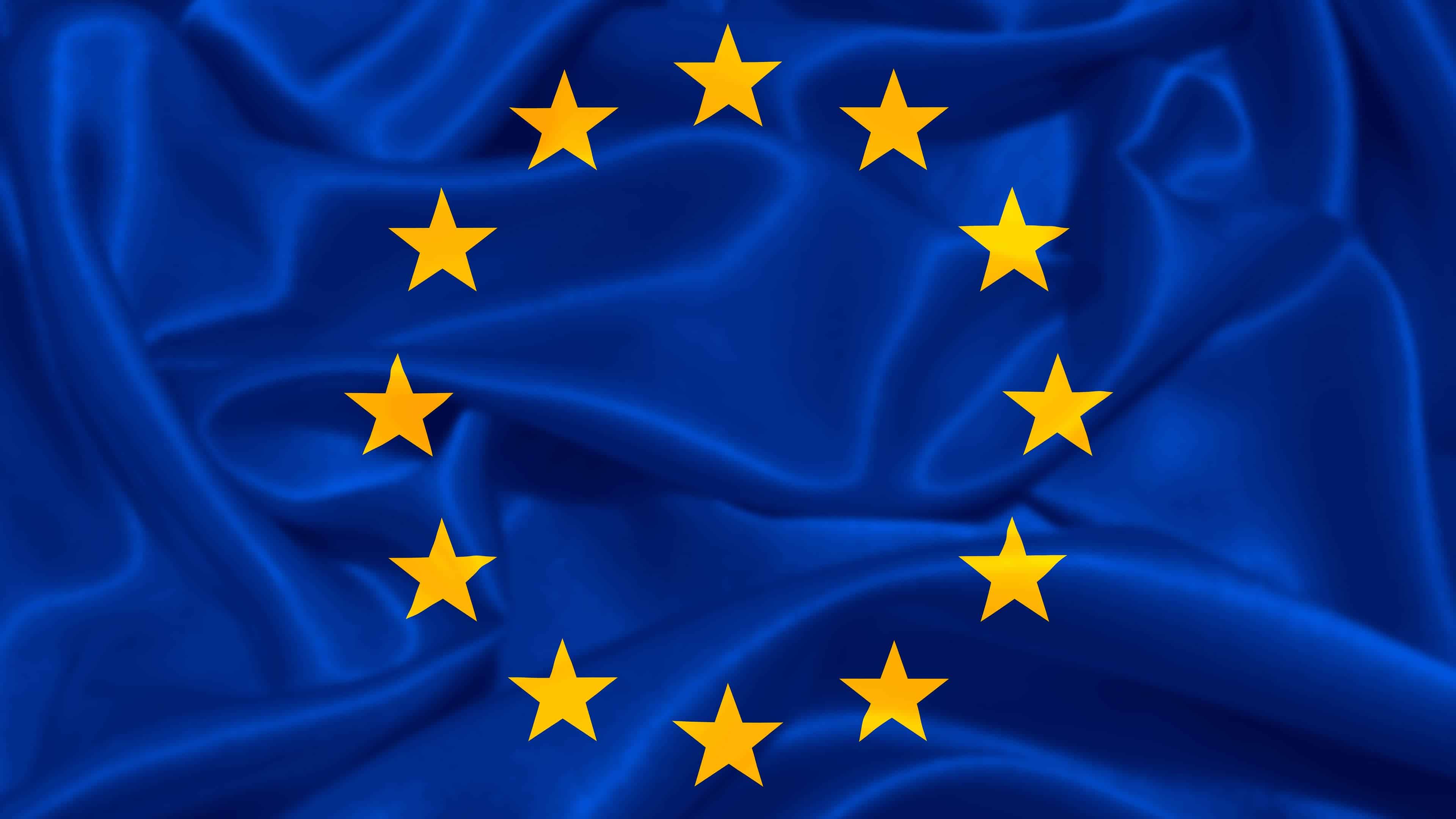The swarm of Russian drones that flew into Poland this past week sparked outrage across Europe and dire warnings about violating NATO airspace — but no overt retaliation from a military alliance trying to avoid conflict with a nuclear-armed neighbor.
European officials blamed Moscow when the navigation system faltered this month on a plane carrying the president of the European Union’s executive branch. Officials say the plane was swept up in an intensifying Russian jamming operation, but in that case, too, they took no overt action.
Both incidents could have had deadly consequences, but instead, they fell short of anything that would provoke a forceful response. Such provocations are a hallmark of so-called hybrid or gray-zone warfare, which seeks to antagonize and destabilize countries through a combination of covert military, economic and disinformation-related measures, without overt attacks.
The episodes fueled a continuing debate among European diplomats and military officials over whether NATO or the European Union should impose stiffer penalties in response to ensure that Russia does not continue undaunted, but without risking outright armed conflict.
Russian sabotage operations in Europe more than tripled from 2023 to 2024, as the West supported Ukraine in fighting the Russian invasion, a recent report found. Over the past year alone, officials say, Russia and other adversaries have disrupted Western energy systems, meddled in national elections, plotted to put incendiary devices on cargo planes, and hacked into health service networks and legal records in shadowy strikes designed to conceal the culprit.
…
The Sept. 11 attacks were the only time that NATO has invoked Article 5, which holds that an attack on one ally is considered an attack on all. Some Europeans are pushing to invoke it in response to hybrid strikes — a powerful statement, though what action would result from that, if any, is unclear.
Other potential responses could include retaliatory hybrid warfare, more military support for Ukraine and further economic penalties against Russia.
Officials identified the drones that flew into Poland this past week as cheap, plywood-and-styrofoam models that are typically used as decoys to overwhelm Ukraine’s air defenses, allowing the more sophisticated explosive drones to penetrate.
They did not kill anyone, but they disrupted commercial flights and stoked anxiety across Eastern Europe, where Russia has long been seen as a more immediate threat than in the West. In its immediate response, NATO invoked Article 4, which enabled members to start urgent discussions within the alliance. Militaries also stepped up air patrols across the region.
…
I understand its function; I just find this funny.
In its immediate response, NATO invoked Article 4, which enabled members to start urgent discussions
Kind of south parkey
Doesn’t that also allow them to write stern letters?

